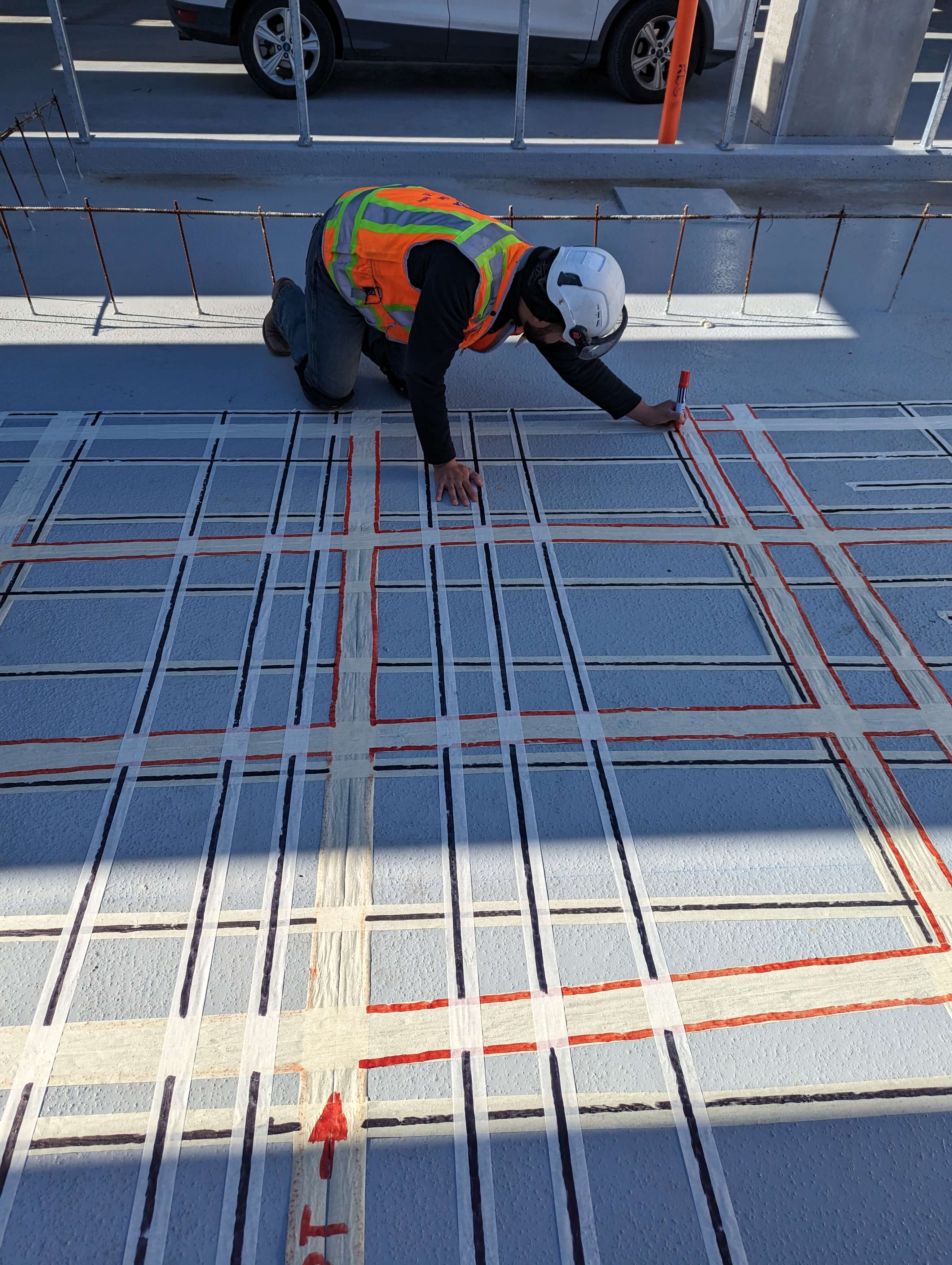Precision and Precision in Concrete Scanning Solutions
Precision and Precision in Concrete Scanning Solutions
Blog Article
Unveil the Transformative Power of Concrete Scanning in Maximizing Efficiency and Security
Concrete scanning has arised as an important device in the building and construction market, offering unequaled advantages in boosting task effectiveness and guaranteeing safety standards. The transformative power of concrete scanning lies in its capability to offer real-time data and comprehensive understandings, reinventing exactly how jobs are prepared and carried out.
Significance of Concrete Scanning
Guaranteeing the architectural stability and safety of building and construction jobs starts with the critical action of conducting comprehensive concrete scanning. Concrete scanning is a non-destructive approach made use of to find and map subsurface elements within concrete frameworks.
Furthermore, concrete scanning assists in enhancing job timelines and budget plan by avoiding unforeseen expenses and delays that may occur due to unexpected blockages within the concrete. Inevitably, spending in complete concrete scanning is a positive approach that boosts both effectiveness and security in building projects.
How Concrete Scanning Works
Concrete scanning operates as a vital tool in building and construction jobs by employing innovative innovations to detect and map subsurface elements without creating structural damages. Ground Passing Through Radar (GPR) and Electromagnetic Induction (EMI) are two key approaches utilized in concrete scanning.
During the scanning process, the data gathered is examined in real-time, allowing instant recognition of possible threats or obstacles under the surface. By employing these sophisticated modern technologies, concrete scanning significantly lowers the risk of expensive damages and injuries on building websites.
Advantages of Concrete Scanning
One of the primary advantages of concrete scanning is the capability to detect and locate ingrained objects such as rebar, post-tension cable televisions, and channels accurately. Concrete scanning assists in preparation and designing extra successfully, as it supplies specific information regarding the area and depth of architectural components.

Case Researches: Concrete Scanning Success

In one more situation, a construction business made use of 3D concrete scanning to assess the problem of maturing concrete structures in a historical structure. The comprehensive scans given valuable insights right into the level of degeneration and helped prioritize upkeep initiatives efficiently. By proactively attending to areas of worry recognized through scanning, the company was able to expand the lifespan of the structure and make certain occupant security.
These instance studies highlight the transformative power of concrete scanning in enhancing performance, accuracy, and safety in building projects.
Carrying Out Concrete Scanning in Projects
Applying innovative scanning technologies during construction tasks has actually come to be increasingly necessary for boosting accuracy and safety and security. By integrating concrete scanning into project planning and execution, construction groups can recognize possible threats, such as rebar or post-tension wires, concealed within concrete frameworks. This positive approach reduces the risk of accidents, hold-ups, and pricey rework, eventually bring about extra effective job timelines and budget plans.
To carry out concrete scanning efficiently, job managers should team up very closely with knowledgeable scanning professionals to establish one of the most appropriate scanning techniques for the specific job demands. Engaging scanning experts from the beginning of a project makes it possible for the group to develop thorough scanning plans that address vital areas of concern and make certain detailed information collection.
Furthermore, incorporating concrete scanning right into regular task workflows can streamline decision-making procedures, as real-time scan information offers prompt insights right into the condition of concrete frameworks - Concrete Scanning. This data-driven method facilitates educated problem-solving and makes it possible for groups to make adjustments without delay, promoting click to find out more a society of effectiveness and safety throughout the job lifecycle

Verdict
Finally, concrete scanning have a peek at this site plays an essential function in improving performance and security in building jobs. By making use of sophisticated technology to map and find out underlying frameworks within concrete, this process assists to avoid costly errors, make sure architectural honesty, and minimize dangers on site. With the capability to reveal surprise components and provide accurate data, concrete scanning verifies to be a valuable tool for optimizing job results and taking full advantage of total success.
Concrete scanning is a non-destructive method used to spot and map subsurface components within concrete frameworks. Furthermore, concrete scanning helps in enhancing job timelines and budget plan by preventing unforeseen expenses and delays that may develop due to unpredicted blockages within the concrete. One significant situation research study includes a large improvement task where concrete scanning played an important duty in making certain task success.In one more situation, a building firm made use of 3D concrete scanning to examine the condition of aging concrete frameworks in a historical building. By integrating concrete scanning right into job planning and implementation, construction groups can identify possible threats, such why not check here as rebar or post-tension cords, hidden within concrete structures.
Report this page